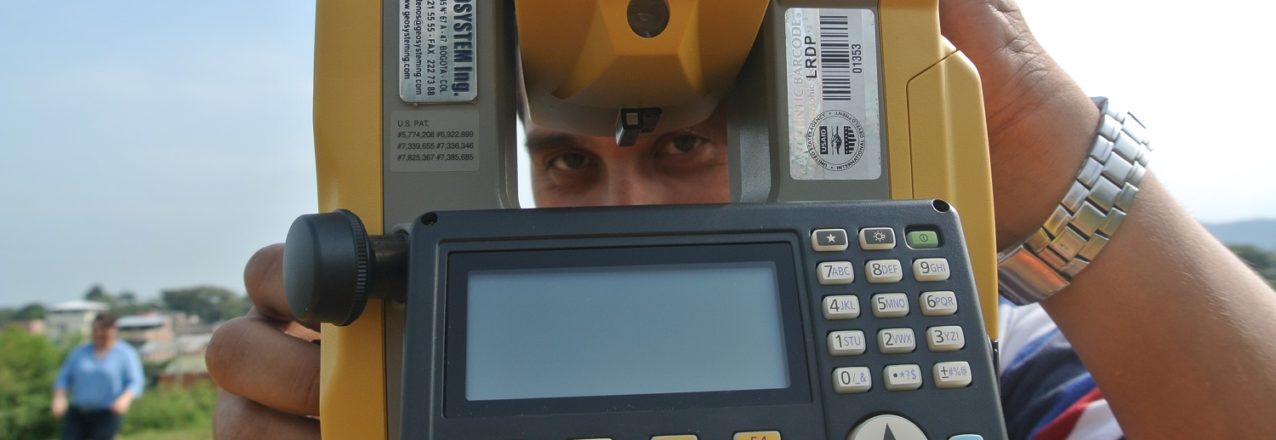A municipal land formalization strategy promotes land security in Colombia’s post-conflict
Originally appeared on Exposure.
USAID AND LOCAL GOVERNMENT PARTNERS CREATED A MUNICIPAL LAND OFFICE TO TACKLE THE TITLING OF MORE THAN 4,600 PARCELS IN SANTANDER DE QUILICHAO. BY BUILDING CAPACITY AT LOCAL LEVELS OF GOVERNMENT, RURAL MAYORS AND THEIR TEAMS ARE EQUIPPED TO CONFRONT LAND INFORMALITY HEAD ON.
At the end of 2016, an infrastructure project in rural Santander de Quilichao was on the brink of losing its funding. Local government officials faced the threat of having to return over US$50,000 if the project’s property was not formalized as municipal property. The project, which was already finished and bringing potable water to over 800 users, was being financed under an agreement with Cauca’s departmental government.
The municipality did something it had never done before: titled a public property in just nine days.
The municipality’s recently created Land Office produced a property title before New Year’s Day 2017, and the investment was saved. The infrastructure project was the office’s first challenge, and its three-man team responded swimmingly.
“The municipalities of Northern Cauca have a lot of needs in basic sanitation, energy, and infrastructure. They are very rural, and overall there is little money flowing in—so if the municipality can obtain funding and is willing to make the investment, the last thing we need is to miss the opportunity due to our inability to register the property,” explains Jaime Andrés Devia, legal assistant in the Land Office.
Santander de Quilichao’s Land Office, which is the result of a partnership with the USAID-funded Land and Rural Development Program, is already playing a critical role in the municipality’s land administration processes and in promoting awareness on how to formalize land rights among the area’s 100,000 residents.
Perhaps most important, the office acts as a link with Colombia’s National Land Agency at a time when the government is poised to formalize land tenure on a massive scale as part of the commitments made in Colombia’s peace agreement with the FARC. The ongoing decentralization of land administration tasks means that the government is placing a larger responsibility on departmental and municipal governments to support to land formalization, land restitution, and rural development.
“When the Land Agency decides on its strategy and how it will carry out massive formalization throughout Colombia, Santander de Quilichao will have a great deal of the work done, especially thanks to the Municipal Formalization Plan,” says Devia.
The plan, a result of USAID’s institutional strengthening programming, is an official roadmap for the Land Office. In Santander de Quilichao, there are an estimated 4,600 informally owned private parcels. This number represents 62% of all parcels eligible for titling in the municipality, which has over 30,000 parcels. However, many of these are collectively owned by indigenous and Afro-Colombian communities and cannot be titled by the municipal government.
There are also more than 200 untitled publicly owned lands, such as schools and health centers, around the municipality. The new office has made titling 100 of these a top priority in 2017, a necessary step to respond to the needs of citizens who live on untitled urban lots and lack basic services.


